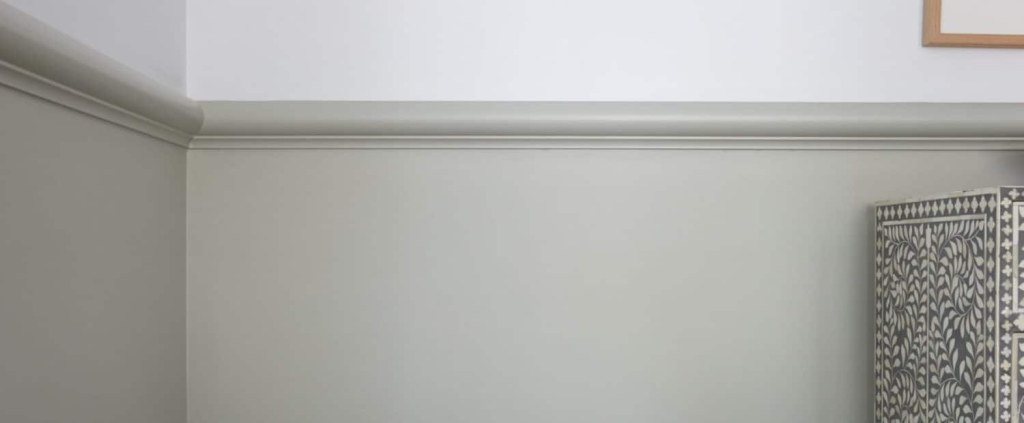
If you are looking to add style, elegance, and vintage charm to your home, then dado rail is the perfect feature that you might be looking for. It is a decorative moulding on the wall that usually runs horizontally modern dado rail hallway, dividing the top and bottom sections into two.
In this ultimate guide to dado rail UK, we will explore everything you need to know, including the history, materials, types, installation, and design ideas to help you transform your home into a modern and sophisticated space.
History of Dado Rail
Dado rails have a rich history dating back to the Georgian era in the 18th century, where they were originally used to protect walls from being marked by chair backs and other pieces of furniture. The term dado means the lower part of the wall below the dado rail or chair rail.
Today, dado rails have become more of a decorative rather than a practical feature, and they have been enjoying a revival in interior design in recent years.
Materials for Dado Rail
Dado rails come in a variety of materials, including wood, plaster, MDF, and metal. Each material has its own unique characteristics that can enhance the look and feel of your home while also reflecting your personal style and taste.
Wooden dado rails, for example, are the most traditional and versatile as they are easy to install, paint, and match with other wooden features and furniture in your home. MDF dado rails are budget-friendly and also easy to install and paint. Plaster dado rails are best suited to older and historic homes as they can be moulded to suit any interior design architecture. Finally, metal dado rails are great for modern homes and can add a stylish and industrial touch to your décor.
Types of Dado Rail
There are two main types of dado rail: fixed and adjustable. Fixed dado rails are installed directly onto the wall and cannot be adjusted to accommodate any unevenness or curves. Adjustable dado rails, on the other hand, can be bent and moulded to fit any irregularity of the wall.
Installation of Dado Rail
Installing dado rail is a relatively simple and easy process that can be completed in a few hours or over a weekend if you’re a DIY enthusiast. All you need are the right tools, materials, and a good dose of patience.
Before installing, it’s important to measure and mark the wall to determine the height and length of the dado rail. You should also choose the right adhesive or screws to ensure stability and durability. Finally, you can also paint or stain the dado rail to match your interior décor.
Design Ideas for Dado Rail
Dado rails can instantly transform the look and feel of your home, and there are a variety of design ideas to consider to help you create a unique and personal space. Whether you want a traditional and classic look or a modern and eclectic one, there is a dado rail design that can meet your needs.
For a traditional look, you might consider installing a wooden dado rail painted in a neutral or pastel colour. If you prefer a more modern look, you can choose a metal or MDF dado rail painted in a bold or dark colour. You can also play with different patterns, materials, and textures to create a more dynamic and layered effect on your wall.
Conclusion:
In conclusion, dado rail is a versatile and stylish feature that can add character and charm to your home. Whether you want a traditional or modern look, there is a dado rail style, material, and design that can suit your needs and preferences. By following the ultimate guide to dado rail UK, you can transform any room in your home into a beautiful and timeless space.




